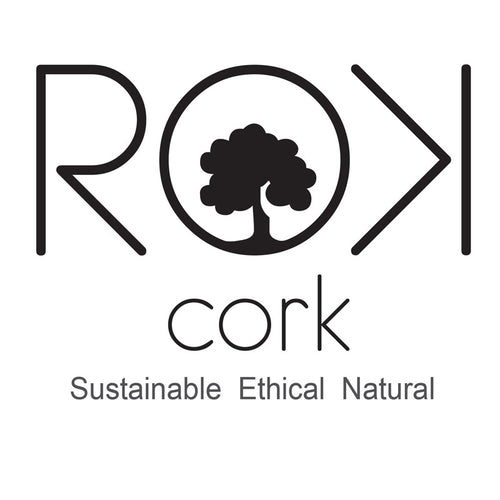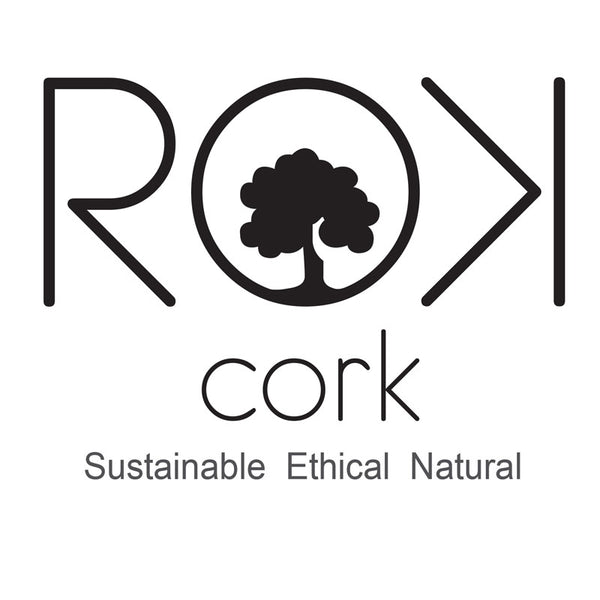10 Things You Might Not Know About Cork
We’ve compiled a list of facts about cork – from history to harvest – that you might not know.
1.) Before the Bottle – As early as 3000 BC, cork was being used in fishing tackle in China, Egypt and Babylon. Cork remains from around 400 BC were found in Italy and were used in floats, footwear and roofing material.
2.) The Marriage of Wine and Cork – A container from the 1st century BC was found in the ancient Greek city of Ephesus. It not only was sealed with a cork but still contained wine. Corks still were not the closure of choice back then. As late as the mid-17th century, French wine makers used oil-soaked rags as bottle stoppers by stuffing them into the neck.
3.) Why Cork? – Corks unique properties – lightness, impermeability, resistance to rot, compressibility, expandability, flexibility, amongst other things – make cork an ideal stopper for wine bottles.
4.) ‘X’ Marks the Spot – There are more than 6 million acres of cork forest around the world. Today, more than half of the world’s raw cork comes from Portugal. The precise rain, wind, and soil of this region allow cork forests to thrive. Countries like the United States have tried to plant cork forests but haven’t been very successful – the Mediterranean environment is critical!
5.) One in a Million -- Just ¬about every tree has an outer layer of cork bark, but the cork oak (Quercus suber) is the primary source of most cork products in the world, including wine bottle stoppers. This tree can reach 65 feet tall and can grow quite wide – to 4 feet in diameter.
6.) Older and Wiser – Cork is a 100% sustainable and renewable material when managed properly. Once the tree reaches maturity (25-30 years old), cork can be harvested once every nine years. The first harvest (or two) almost always produces poor quality cork but the tree can be harvested until it is approximately 200 years old. At that point, the aged tree is removed and two saplings are planted to ensure the forest continues to grow. For photos and to learn how cork bottle stoppers are made, check out the Wineanorak Illustrative Guide.
7.) Sweet Summertime – There is a small window for separating cork from the tree without causing permanent damage. Cork is only extracted from early May to late August.
The video below shows how cork is harvested - via CorkieTV
8.) Protective Armor -- Thanks to the cork bark, which acts like a shield, cork oaks usually survive forest fires and return to full growth very quickly.
9.) Strict Standards -- The Rainforest Alliance is working with cork producers to help them achieve Forest Stewardship Council certification. By meeting the social and environmental standards required to achieve FSC certification, cork producers in the region can better ensure the protection of cork oak forests.
10.) Home Sweet Home - Cork Oak forests support one of the world’s highest levels of forest biodiversity, and are home to the critically endangered Iberian lynx, the Iberian imperial eagle, the Barbary deer, many species of rare birds as well as many fungi, ferns and other plants.


